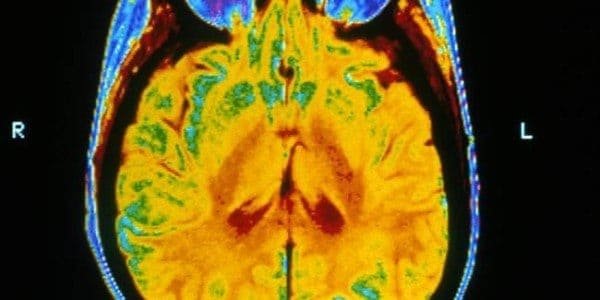Hydrocephalus

Hydrocephalus is a condition in which fluid collects in the cavities /ventricles or stomachs/ deep in the brain. The excess fluid increases their size and begins to exert pressure on the brain tissue.
Cerebrospinal fluid normally passes through these stomachs and envelops the tissues of the brain and spinal cord.
But the pressure created by too much of this fluid can potentially damage brain tissue and cause a wide range of brain dysfunction.
Although the condition can occur at any age, children and the elderly are more commonly affected.
What are the symptoms?
They usually vary depending on the age of the person affected.
Babies
The most common clinical manifestations in infants are:
Changes in head shape and size
• Abnormally large head;
• Rapid increase in head size;
• Bulging or tense fontanelles;
Physiological symptoms
• Vomiting;
• Drowsiness;
• Irritability;
• Convulsions;
• Weak muscle tone and strength;
In young and older children
Physiological symptoms
• Headache;
• Blurred or double vision;
Physiological signs
• Abnormal head enlargement in a young child;
• Drowsiness;
• Difficulty staying awake or waking up;
• Nausea or vomiting;
• Difficulty maintaining balance when walking;
• Poor coordination;
• Poor appetite;
• Seizures;
Behavioral and cognitive problems
• Irritability;
• Negative personality changes;
• Difficulty maintaining concentration;
• Decreased performance in school;
• Slowness or problems acquiring skills such as walking and talking;
In young and middle-aged people
• Headache;
• Loss of coordination and balance;
• Loss of bladder control or frequent urge to urinate;
• Impaired vision;
• Memory loss , difficulty concentrating or deterioration of other thinking skills, which also affects work efficiency;
In elderly people, over 60
• Loss of bladder control or frequent urges to urinate;
• Memory loss;
• Progressive loss of thinking and reasoning skills;
• Difficulty walking, often described as a change in gait or a feeling of leg cramps;
• Poor coordination and difficulty maintaining balance;
When should you seek medical attention?
Seek emergency medical attention if infants or young children develop the following symptoms:
• Very loud crying;
• Unwilling or difficult to get to suckle or feed;
• Unexplained, recurrent vomiting;
• Unwilling to curl up or to move the head or neck;
• Troubled breathing;
• Seizures;
Seek immediate medical attention if you notice any symptoms of hydrocephalus in any age group, as it is a serious condition and can lead to serious problems with brain function.
Treatment of hydrocephalus
Most often, a surgical procedure is used, in which a shunt is placed, which is a drainage system. It consists of a long, flexible tube with a valve that keeps the
flowing
One end of the tube is usually inserted into one of the brain’s stomachs. The tube is then tunneled under the skin to another part of the body where excess cerebrospinal fluid can be more easily absorbed – such as the abdomen or one of the chambers of the heart.
People with hydrocephalus usually need the shunt system for the rest of their lives and regular monitoring is not required.
Another surgical procedure that may be used in some cases is an endoscopic third ventriculostomy.
In this intervention, the surgeon uses a small camera to have a direct view into the brain and makes an opening at the bottom of one cerebral ventricle or between two ventricles to allow the cerebrospinal fluid to be easily evacuated from the brain.
>



